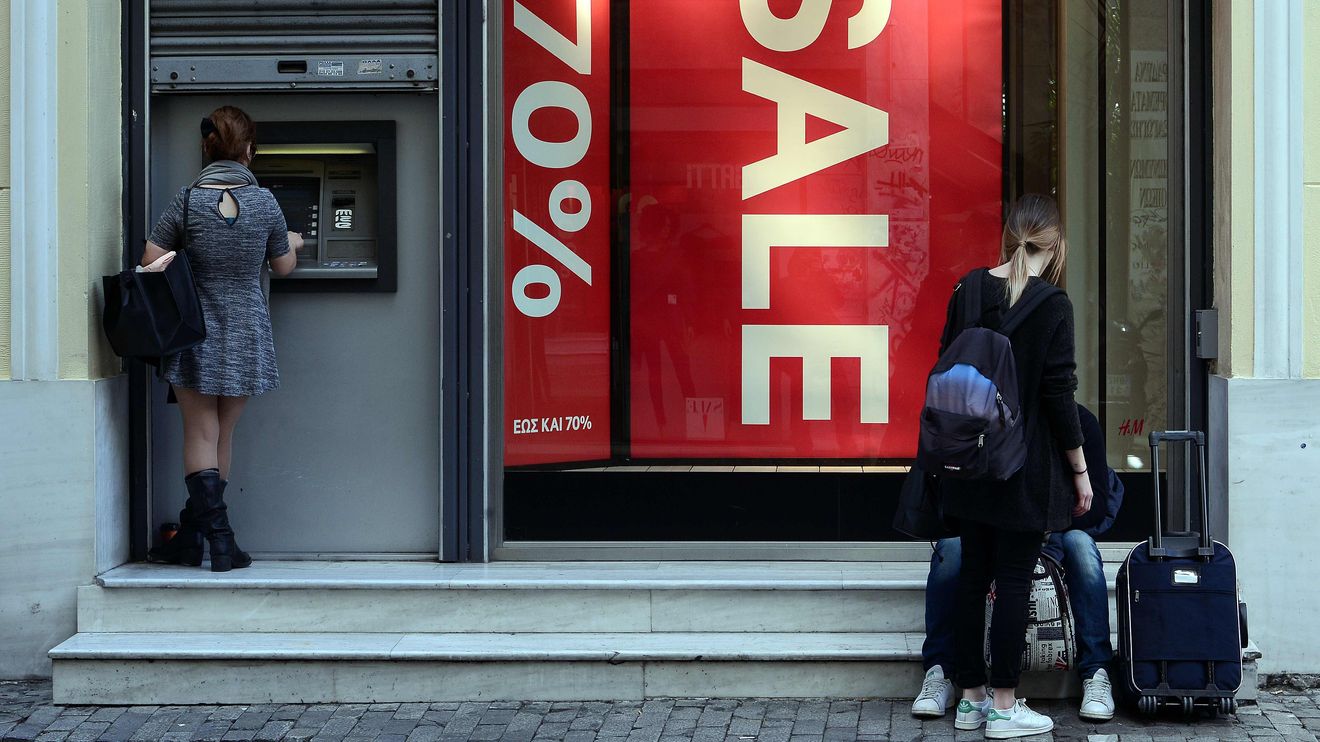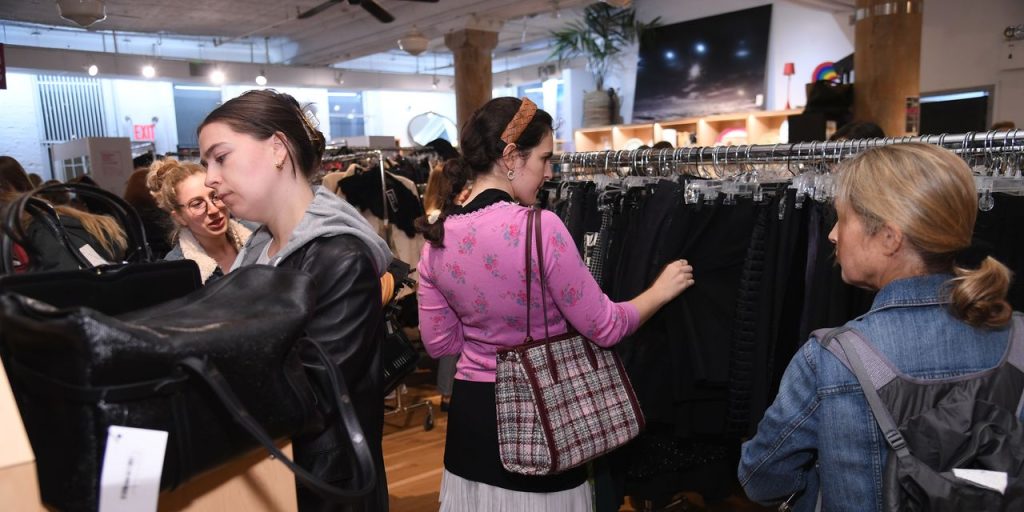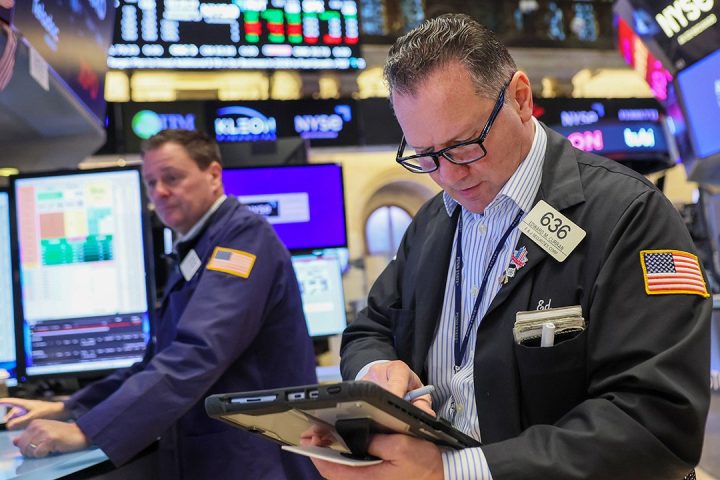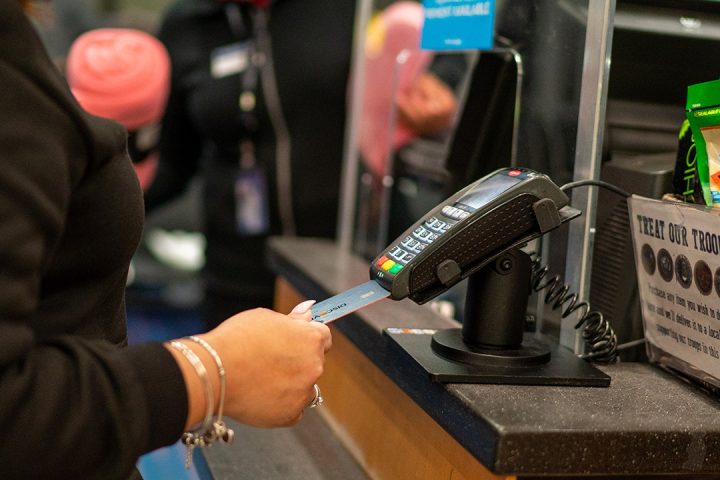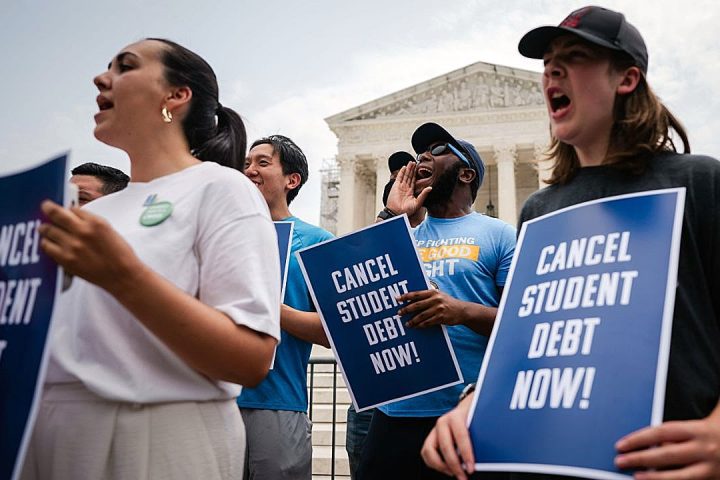Though corporate leaders have been talking up the strength of the American consumer in recent earnings reports, there are signs that one group is falling behind: people with lower credit scores.
“Persistent inflation, slowing labor markets, drawing down of savings, erosion of real income and monetary policy tightening have a recession looming,” Margaret Rowe, senior director of asset-backed securities at Fitch Ratings, told MarketWatch in an email. “Subprime borrowers are vulnerable to inability to service their debt as a consequence.”
Rowe was referencing one recent sign of trouble: The share of Americans with lower credit scores who were at least 60 days late on their car payments recently rose to 6.1%, the highest level ever recorded by Fitch Ratings, which has been measuring the figure since 1994.
“Delinquencies are climbing in subprime,” Rowe said.
Credit scores, which are used to measure how likely a person is to repay a loan, generally range 300 to 850. “Subprime” consumers are usually those whose credit scores below 619, but lenders, economists and financial experts broadly refer to anyone with a credit score below the prime range (which is 660 to 719) as subprime. Those individuals have less access to credit, which can make them more vulnerable in the face of financial disruptions such as losing a job, taking a pay cut, or receiving an unexpected medical bill. While a person’s income level does not directly affect their credit score, people with higher incomes tend to have higher credit scores.
In recent earnings reports, corporate leaders have said that consumers overall appear resilient, and the latest GDP numbers show that consumer spending was potent in the third quarter. But some CEOs have also alluded recently to signs of stress among consumers with lower credit scores.
““Persistent inflation, slowing labor markets, drawing down of savings, erosion of real income and monetary policy tightening have a recession looming. Subprime borrowers are vulnerable to inability to service their debt as a consequence.””
“The global macro backdrop remains a story of desynchronization,” said Jane Fraser, the chief executive of Citigroup
C,
in an Oct. 13 earnings call. “In the U.S., recent data implies a soft landing, but history would suggest otherwise and we are seeing some cracks in the lower-FICO consumers.”
FICO refers to Fair Isaac Corporation, the company that created a credit-scoring model used by many lenders.
John Greene, the chief financial officer at Discover Financial Services
DFS,
sounded a similar note in an Oct. 19 earnings call, saying, “As we took a look at household net worth and savings rate, both have deteriorated, and we’re seeing deterioration more specifically in lower FICO bands.”
A tale of two consumers
Overall, the U.S. consumer picture is quite strong, as demonstrated by recent data including September’s retail sales report, which “significantly beat expectations,” said Robert Sockin, an economist at Citigroup. “Consumers are not just spending on services now, they are also broadening out their spending and spending more on goods as well,” Sockin told MarketWatch.
Government stimulus payments and fewer opportunities to spend during the pandemic led to American households saving larger than usual amounts of money in 2020 and 2021, but this “excess savings” is now mostly gone, and many low-income families have gone back to living paycheck to paycheck, economists have found. However, households with annual incomes of $150,000 and up do still have extra money to spend, Fraser mentioned in the earnings call.
Read: What’s fueling consumers’ ‘surprising’ spending power? Refinanced mortgages play a role, NY Fed says
Subprime consumers are also having difficulties paying back their credit cards. Subprime credit-card delinquencies for payments overdue by 30 days, 60 days and 90 days all went up in August compared to the year prior, according to the latest data from VantageScore. A New York Fed consumer expectation survey showed that a growing number of Americans feared in September that they might be in danger of falling behind their debts, reaching the highest level since May 2020.
Banks have tightened up credit access in the past year or so, which could make it even harder for consumers with lower credit scores to make large purchases, Sockin told MarketWatch.
“We’re also seeing kind of a tale of two consumers where the consumers on the lower end were feeling some more strain, whereas the higher-income consumers are still in very good shape,” Sockin said.
Also read: Banks beat expectations but some economic cracks form as caution abounds
Which subprime consumers are most vulnerable?
The holiday season is around the corner, and coupled with student loan repayment, the strain for subprime people could get worse, experts and analysts said. The auto loan delinquency rate for subprime consumers will most likely deteriorate, Rowe from Fitch Ratings said, and Fitch expects a “mild recession” in the first half of 2023.
Subprime consumers between 19 to 29 are the most financially vulnerable, said Cassandra Happe, an analyst at WalletHub. Many are new to the workforce, and don’t have an established income yet, she said. They also may not have established a consistent habit of paying back loans before the three-year pause on student loans, which ended this month.
And among younger workers, those who have student debt but didn’t finish college could be even more vulnerable to disruptions in the economy, analysts said. Those workers do not have a college degree to help them access a job that offers higher income, but they have debts to pay off. “You have the debts without the benefits,” said Matt Schulz, chief credit analyst at LendingTree.
Gen X individuals who have both kids and elders who depend on them could also be in a financially precarious spot. Although they have higher incomes than younger workers, they also have more places that need their money, especially if they also have student loans to pay back, Schulz said.
The strong labor market is shielding workers with lower credit scores at the moment, economists and analysts said, but the Fed has been continuously raising interest rates to get the labor market to cool down. Wage growth is slowing. Workers’ income was 5.2% higher in September than in the previous year, compared to the peak of 6.7% in July 2022, according to the Federal Reserve Bank of Atlanta.
If unemployment goes up, people with lower credit scores, who are already in debt could be in a financial tight spot. Although they are not pulling back significantly yet on their spending, “they are showing warning signs,” Sockin said.
Read the full article here
